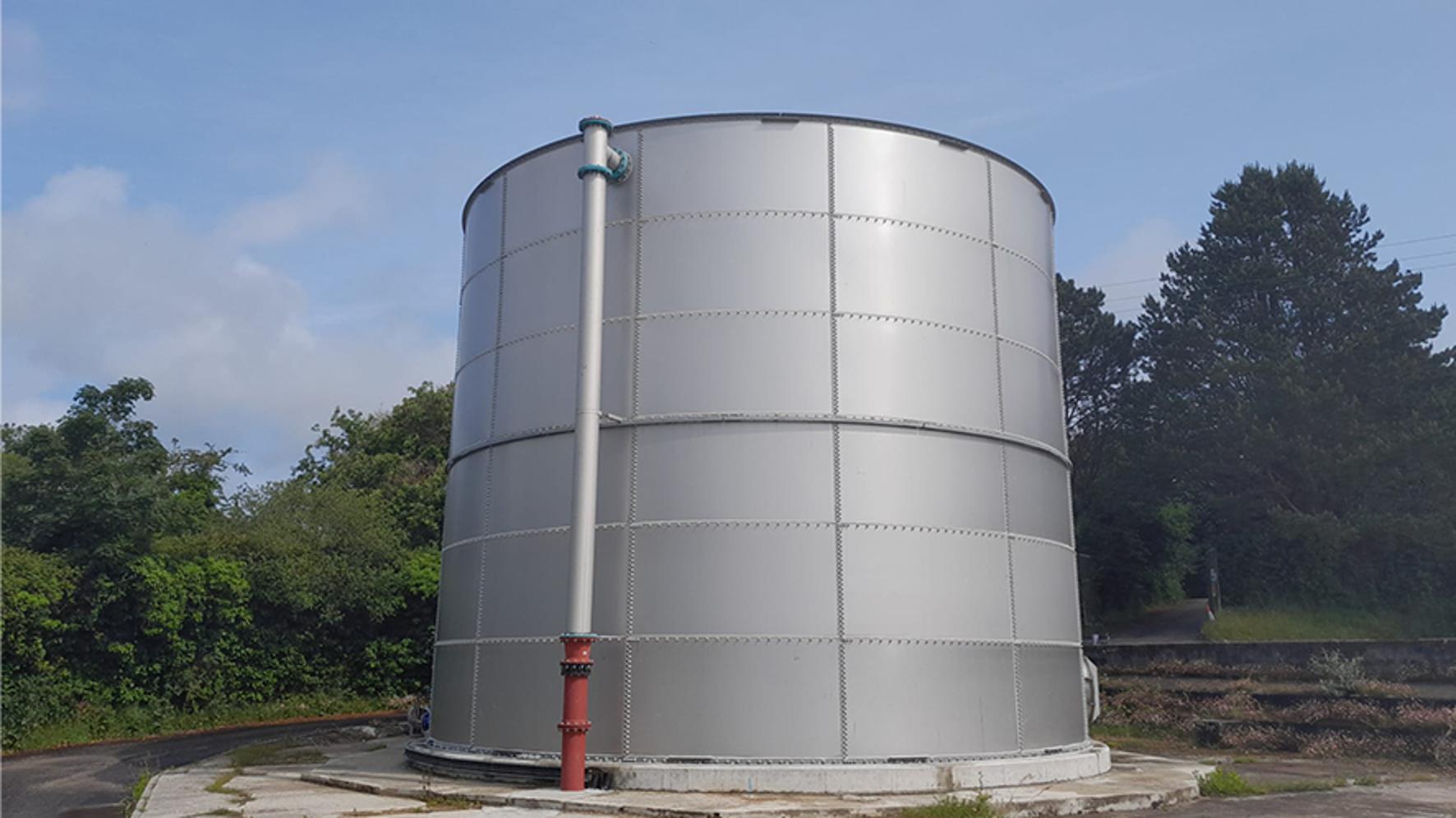How we reduced storm overflow spills at Carnon Downs by 97%
We’re investing to reduce storm overflow use, starting with the highest-spilling sites.
Carnon Downs Wastewater Treatment Works was on our priority list of sites to target. Located between Truro and Falmouth, the event duration monitor (EDM) in the overflow recorded 290 spills in 2023.
Thanks to our improvement works, spills reduced 97% to just 8 in 2024, despite it being one of the wettest hydrological years on record. So far in 2025, only one spill has been recorded.
Factors that caused spills at Carnon Downs
We surveyed the site and found that groundwater, which is underground in the cracks and spaces in soil, sand and rock, was entering the sewers. This added extra water to the wastewater being treated at the site, boosting the volume during rainy periods.
Storm overflows are used when the wastewater system is overwhelmed, typically after heavy rain. When there’s no capacity left in the system to transport or treat waste, the excess is released from storm overflows as an alternative to it backing up into people’s homes and businesses. To reduce spills, we need to find ways to either reduce the volume entering the sewers, store excess until it can be treated or increase capacity – or a mixture of all these options.
Finding solutions for Carnon Downs
At Carnon Downs, we built a new storm tank to hold up to half a million litres of wastewater at times of heavy flow. This wastewater can be transferred to the treatment works to be cleaned up when the flow returns to normal.
We also installed a new pumping system and monitoring equipment to manage the storm overflow effectively and make sure the storm tank works well. We put in a screening unit to remove debris from entering the storm tank, and a manual washdown system to keep it clean and make maintenance easier.
Making progress on storm overflows
We’re spending £760 million over the next five years to reduce storm overflows in the South West. We aim to reduce spills to less than 10 per overflow, per year by 2040.
